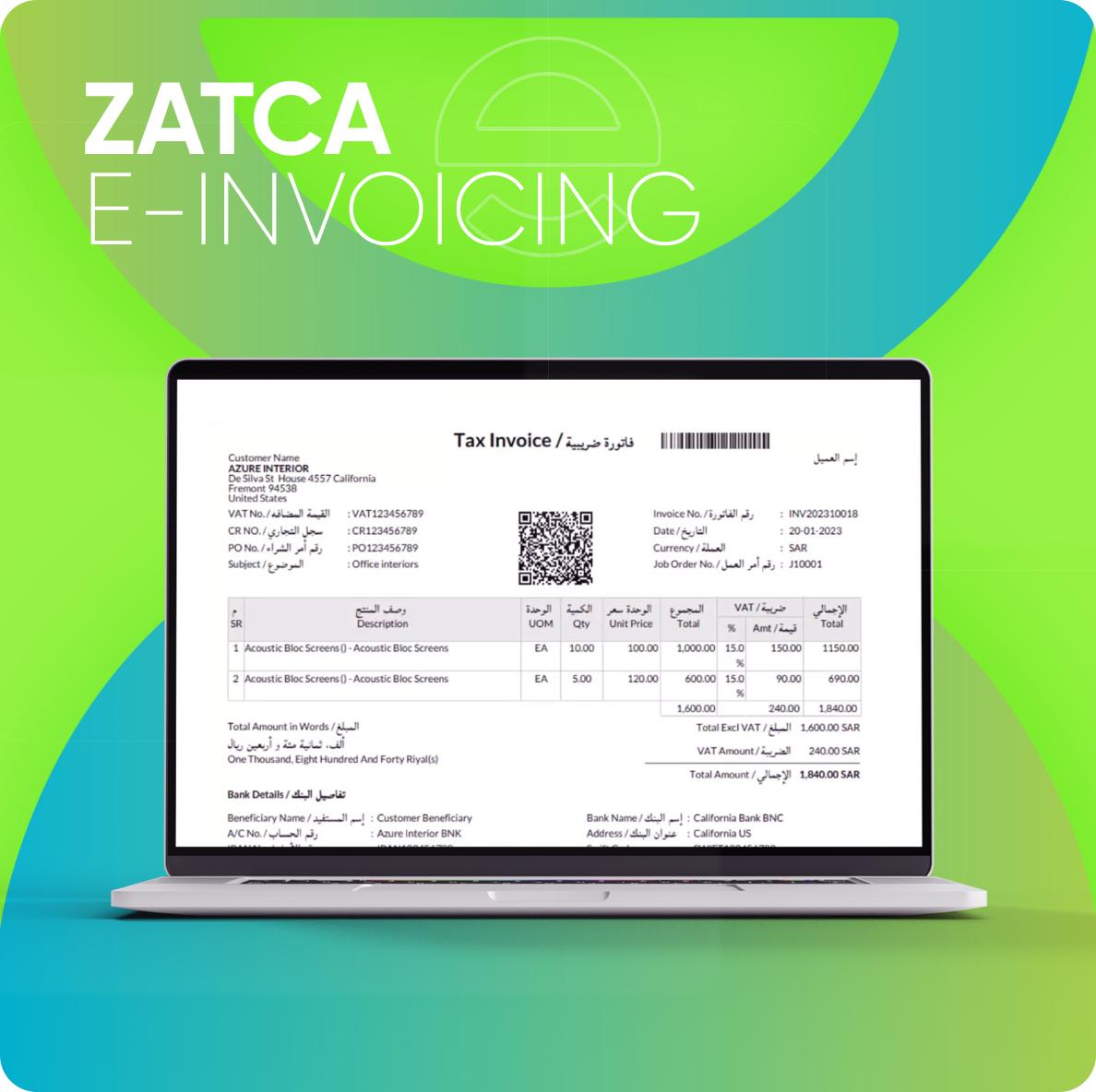In the ever-evolving world of technology, new advancements bring convenience and efficiency to our lives. However, there are times when these innovations can also introduce security risks. One such example is the OMG Cable, which has gained attention for its potential cybersecurity implications. In this article, we will delve into the world of the OMG Cable, explore its functionality, discuss the security risks it poses, and provide tips on how to protect yourself against potential attacks.
What is the OMG Cable?
The OMG Cable, also known as the O.MG Elite cable, is a unique type of cable that doubles as a hacking tool. It resembles an ordinary Lightning cable used for charging and data transfer, making it difficult to distinguish from genuine cables. However, beneath its innocuous exterior lies a cleverly designed device capable of compromising the security of connected devices.
Anyone who has bought a phone must have received an OTG cable along with it. OMG cables look almost identical to OTG cables with a little catch to them. OMG stands for the common texting acronym "Oh my God!". Its common use case is to transfer data and connect your phone to the PC, but hackers have exploited this use case to remotely access your device and sensitive files through it. We have the habit of assuming that such cables are potentially harmless as we connect our devices to them.
How Does the OMG Cable Work?
The OMG Cable operates by leveraging its embedded hardware and software components to perform various hacking techniques. Once connected to a target device, the cable can act as a keylogger, recording keystrokes made on the compromised device. It can also execute keystroke injection attacks using DuckyScript, a scripting language that simulates keyboard inputs. Moreover, the cable can exfiltrate the captured data to a remote server, allowing hackers to access sensitive information remotely.
The O.MG cable can then transfer payloads and detect keystrokes on traditional operating systems, smartphones, and tablets, enabling remote monitoring of usernames, passwords, and other inputs from more than kilometers away. Hackers use these cables to access your data through a smartphone app. Your computer may not even recognize that it has been hacked or even issue a warning. This can be used to intercept and decode messages, inject malicious code into devices, track your movements around the world, or even take over your device completely by activating the webcam.
The Security Risks of the OMG Cable
- Keystroke Logging and Data Exfiltration The ability of the OMG Cable to log keystrokes opens the door to potential identity theft, password harvesting, and unauthorized access to personal and financial accounts. This can lead to devastating consequences for individuals and organizations alike.
- Remote Access and Control : With the OMG Cable, hackers can gain remote access and control over the compromised device. This allows them to execute malicious commands, install malware, and even manipulate the device without the user's knowledge.
- Social Engineering Attacks : By intercepting keystrokes, the OMG Cable enables hackers to gather sensitive information, such as login credentials and personal details. Armed with this information, they can craft convincing social engineering attacks, tricking users into divulging more information or performing actions that compromise their security.
- Physical Access Vulnerabilities : The OMG Cable's physical design makes it difficult to detect as a hacking tool. Hackers can leave these cables in public spaces, such as coffee shops or airports, where unsuspecting individuals may use them to charge their devices. This presents a significant physical security vulnerability, as users unknowingly connect their devices to compromised cables, allowing hackers to gain unauthorized access.
Real-World Examples of OMG Cable Exploits
Over the years, there have been instances where the OMG Cable has been used in real-world cyber attacks. These examples highlight the severity of the security risks associated with this hacking tool. For instance, security researcher Mark Green and his team developed an upgraded version of the hacked Lightning cable, allowing keystrokes to be recorded and sent to a designated site. Such instances underscore the importance of understanding the potential dangers posed by the OMG Cable.
How to Protect Yourself Against OMG Cable Attacks
While the OMG Cable presents security risks, there are measures you can take to safeguard yourself and your devices. Let us take into consideration some practical steps :
- Physical Security Measures: Be mindful of the cables you connect to your devices, especially in public spaces. Avoid using untrusted cables and use your own charging cables whenever possible.
- Software and Device Security: Ensure your devices have reliable security measures in place. This includes using robust antivirus software, enabling firewalls, and regularly updating your operating system and applications.
- Regularly Update Firmware and Software: Keep your devices and cables updated with the latest firmware and software patches. Manufacturers often release updates to address security vulnerabilities, so staying up to date is crucial.
- Be Cautious of Untrusted Charging Cables: If you must use a charging cable that is not yours, exercise caution. Consider using a data blocker or a USB condom, which can prevent data transfer while allowing only power flow.
The Role of Manufacturers and Regulatory Measures
In addressing the cybersecurity risks associated with the OMG Cable and similar hacking tools, it is important for manufacturers to prioritize security in their product designs. This includes implementing robust authentication mechanisms and incorporating tamper-resistant features into cables and devices. Additionally, regulatory measures can play a role in ensuring that manufacturers adhere to established security standards and best practices.
The OMG Cable presents significant cybersecurity risks, allowing hackers to exploit unsuspecting individuals and compromise the security of their devices. By understanding how this hacking tool works and taking proactive measures to protect ourselves, we can mitigate the potential risks. Being vigilant about the cables we use, maintaining strong device security, and staying informed about emerging threats are crucial steps in safeguarding our digital lives.
FAQs
Q: How does the OMG Cable pose a security risk?
A: The OMG Cable poses security risks by logging keystrokes, allowing unauthorized access and control, enabling social engineering attacks, and exploiting physical vulnerabilities.
Q: Can antivirus software detect OMG Cable attacks?
A: Antivirus software may not specifically detect OMG Cable attacks as they can appear as regular cables. However, maintaining up-to-date antivirus software can help protect against related malware threats.
Q: Are there any legal implications for using the OMG Cable?
A: The use of the OMG Cable for malicious purposes is illegal and may result in criminal charges. It is important to respect privacy and abide by laws governing digital security.
In conclusion, the OMG Cable represents a significant cybersecurity risk due to its ability to function as a hacking tool. Its capacity for keystroke logging, data exfiltration, and remote control highlights the importance of being cautious when connecting charging cables, particularly in public spaces. By implementing physical security measures, maintaining robust software and device security, and staying updated on the latest security practices, individuals can mitigate the risks associated with the OMG Cable. Remember to stay vigilant and prioritize your digital security to safeguard your assets.
















Leave a comment